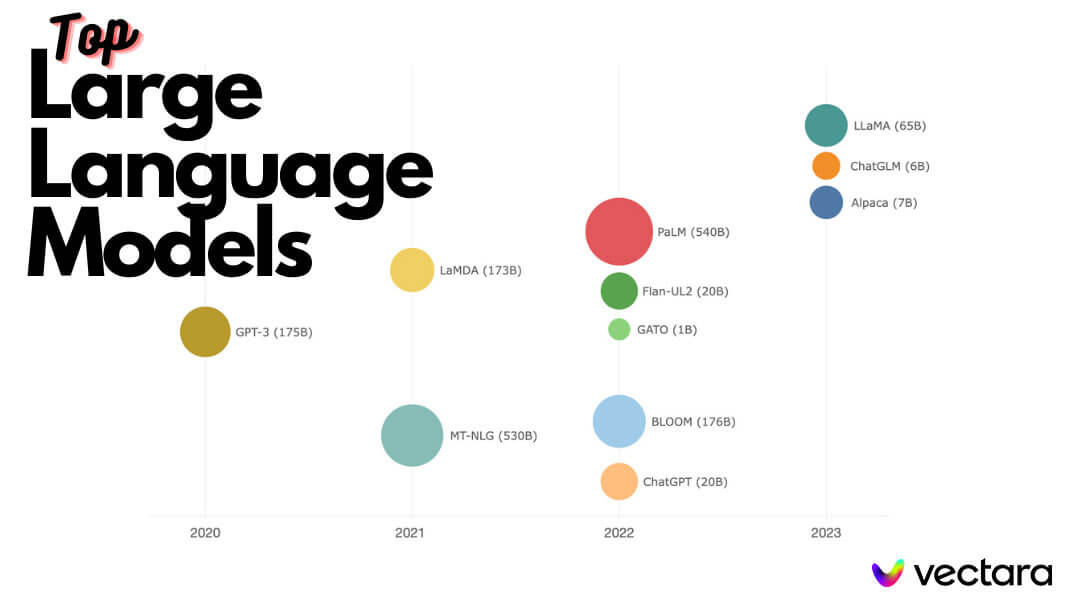In today’s fast-paced and data-driven world, the importance of data literacy cannot be overstated. The ability to work with and understand data has become a critical skill for individuals as well as organizations. With the rising hype of data science, artificial intelligence (AI), and machine learning (ML), data literacy has gained even higher significance. In this blog, we will explore the state of data literacy in 2023, its relevance in the age of AI and data science, and how it shapes the future of individuals and businesses.
The Power of Data Literacy:
Data literacy has rapidly evolved into something of utmost importance over the past few years, partly driven by the hype surrounding data science, AI, and ML. These technological advancements have enabled organizations to collect and analyze vast corpus of data, opening up new opportunities and challenges. By equipping ourselves with data literacy skills, we can tap into this wealth of information and uncover valuable insights to make informed decisions and drive innovation.
Business Leaders’ Perspective:
As the hype around data science, AI, and ML continues to grow, business leaders recognize the immense value of data literacy in their organizations. They understand that data-literate teams are better equipped to leverage advanced technologies and navigate the complexities of the modern business problems as well as opportunities. In fact, an overwhelming majority of leaders (89% in the UK and 78% in the US) consider data literacy crucial for their teams’ daily tasks. This clearly showcases the growing recognition of data literacy as a key driver of success, especially in the context of emerging technologies.
The Cost of Inadequate Data Skills:
In the age of AI and data science, the consequences of lacking data skills can be significant for both individuals and organizations. Inaccurate decision-making, already a concern in the pre-AI era, becomes even more pronounced when advanced algorithms and automated systems are involved. Inadequate data skills can lead to biased models, flawed predictions, and missed opportunities for organizations. It is essential to address these risks by nurturing data literacy skills, enabling individuals to critically analyze data, validate AI outputs, and make sound judgments.
The Value of Data Literacy:
It is pretty clear that individuals who possess strong data literacy skills hold a competitive advantage in the job market. Employers understand the potential of these technologies and are actively seeking professionals who can harness their power. This demand has led to a significant premium for candidates with robust data literacy skills. A notable 66% of business leaders stated that they would offer a higher salary to candidates with solid data literacy skills compared to those without. This trend highlights the increasing need for individuals who can effectively navigate the complexities of AI and data science.
Nurturing Data Literacy in Organizations:
Inorder for organizations to pivot successfully to harness the power of Data, they should introduce programs that not only cover the fundamentals of data literacy but also address the specific challenges and opportunities presented by AI and ML. By focusing on skills such as data-driven decision-making, data visualization, data analysis, and data storytelling, organizations can empower employees to effectively leverage advanced technologies. This approach enables individuals to understand the limitations of AI and ML, critically evaluate their outputs, and identify potential biases or ethical considerations.

The Current AI/ML Hype:
The hype around AI and ML has been fueled by remarkable advancements and breakthroughs in recent years. From self-driving cars to virtual assistants and personalized recommendations, these technologies have become an integral part of our daily lives. They promise to revolutionize industries, streamline processes, and unlock unprecedented insights from massive datasets. As a result, businesses, researchers, and investors have shown tremendous interest and enthusiasm, leading to the proliferation of AI and ML applications across various sectors.
The potential of AI and ML is undeniable. These technologies have the power to automate repetitive tasks, improve efficiency, and enable predictive analysis. They can identify patterns, detect anomalies, and generate actionable insights from complex data. Organizations can leverage AI and ML to optimize operations, enhance customer experiences, and drive innovation. With the right infrastructure and expertise, these technologies hold tremendous promise for solving real-world problems and creating new opportunities.
Will the hype continue, or is it just a bubble that’s going to burst soon?
As we delve deeper into the realm of data literacy and the impact of AI and ML, it’s natural to question whether the current hype surrounding these technologies is sustainable or merely a bubble waiting to burst. We have seen this happen with the dot com bubble burst in the early 2000s and the crypto market / NFT market burst in recent times. It does look reasonable to look at this with a little bit of skepticism and wait and see how the situation unfolds in the upcoming years. However, it is equally important to note that this technology is one of the fastest growing technologies and because it has the potential to make itself better, at a pace much higher than humans can achieve, we should put a little bit of concern towards how rapid the growth and adoption can happen throughout the world. There is a high possibility that the existing fraction in the world increases even more since the people with access to top quality research and capital can advance forward to leverage this technology whereas on the other hand the people who don’t might get left behind. While it’s impossible to predict the future with certainty, it’s worth examining the factors that contribute to the ongoing excitement and the potential challenges that lie ahead.

The Challenges Ahead:
While the excitement around AI and ML is warranted, it’s essential to acknowledge the challenges and limitations that accompany these technologies. Ethical concerns, such as data privacy, algorithmic bias, and accountability, need to be addressed to ensure responsible and unbiased use of AI and ML. The lack of transparency in some AI models has raised questions about their reliability and fairness. Additionally, the scarcity of skilled professionals in AI and ML poses a significant challenge for organizations seeking to harness their potential.
Avoiding the Bubble:
To avoid an AI/ML bubble, it’s crucial to maintain a balanced and realistic perspective. While the possibilities are vast, it’s important to separate hype from reality. Organizations should focus on building strong foundations in data literacy and investing in sustainable AI and ML strategies. By fostering a culture of continuous learning, collaboration, and ethical practices, businesses can navigate the evolving landscape and maximize the value derived from AI and ML.
Conclusion:
Data literacy is an indispensable skill set in the age of AI and data science. As the hype around these technologies continues to grow, the demand for individuals with robust data literacy skills will only increase. Organizations that prioritize data literacy cultivate a culture of informed decision-making, foster innovation, and mitigate risks associated with AI and ML. By embracing data literacy and bridging the gap between technological advancements and human capabilities, we can unlock the full potential of data in the ever-evolving landscape of the digital era.


